Volcanic hazards: important eruptions that have occurred in the history of mankind
In this article, let us pause for a moment to remember some important eruptions that have occurred in the history of mankind.

On December 21, 1994, the Popocatepetl volcano began a new eruptive stage. Since then, interest has grown in knowing more about volcanoes and especially about the danger they represent for society. Let us pause for a moment to remember some important eruptions that have occurred in the history of mankind.
The first description of a volcanic eruption was made by Pliny the Younger in describing the death of his uncle, the historian Pliny the Elder, who died of asphyxiation while observing the eruption of the volcano Vesuvius in 79 AD.
In 1815, the Tambora volcano (Indonesia) recorded an impressive eruption, which had no scientific impact due to its location in a remote region of the planet and the scarce development of communications and science.
In 1883, the eruption of the Krakatoa volcano (Indonesia) caused a great commotion, both in the scientific environment and in the general public. This eruption was the first to be systematically documented in the early stages of volcanology as a scientific discipline.
Before the current activity of the Popocatepetl volcano in Mexico, there have been some volcanic events worth mentioning. Between 1943 and 1952 Mexico witnessed the birth and extinction of a volcano: Paricutin in the state of Michoacán, an unexpected event for the scientific community, which was able to observe an uncommon phenomenon considering the life span of human beings, but not of the Earth.
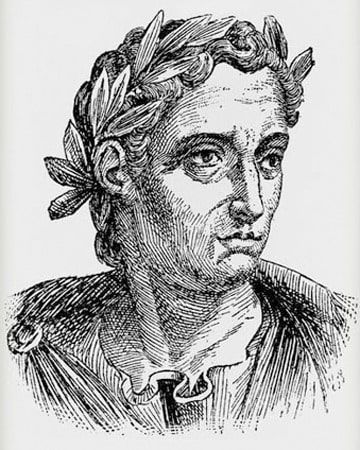
In 1982 in the state of Chiapas, the Chichonal volcano erupted violently, causing the death of approximately 2,000 people living in small villages; an area of 153 square kilometers was completely devastated and 30,000 square kilometers were covered by a layer of ash at least one millimeter thick.
Volcanology became a modern multidisciplinary science with the establishment of volcanological observatories in Japan and Hawaii in 1911. It comprises the study of magmatic and volcanic phenomena occurring in both the mantle and the crust, as well as the hazards they represent.
When comparing the various natural and human-induced disasters with those produced by volcanic activity, it can be established that disasters associated with volcanic activity occur infrequently and cause less loss of life. However, "a disaster" is perceived in different ways by the authorities, the media, and the people affected.
Volcanic hazards are the phenomena likely to occur at a volcano, volcanic risks represent the impact of such hazards. Ignorance of the hazards or mismanagement of the risks can lead to a disaster. The first step to avoiding disasters is to be informed about the nature of the hazards.
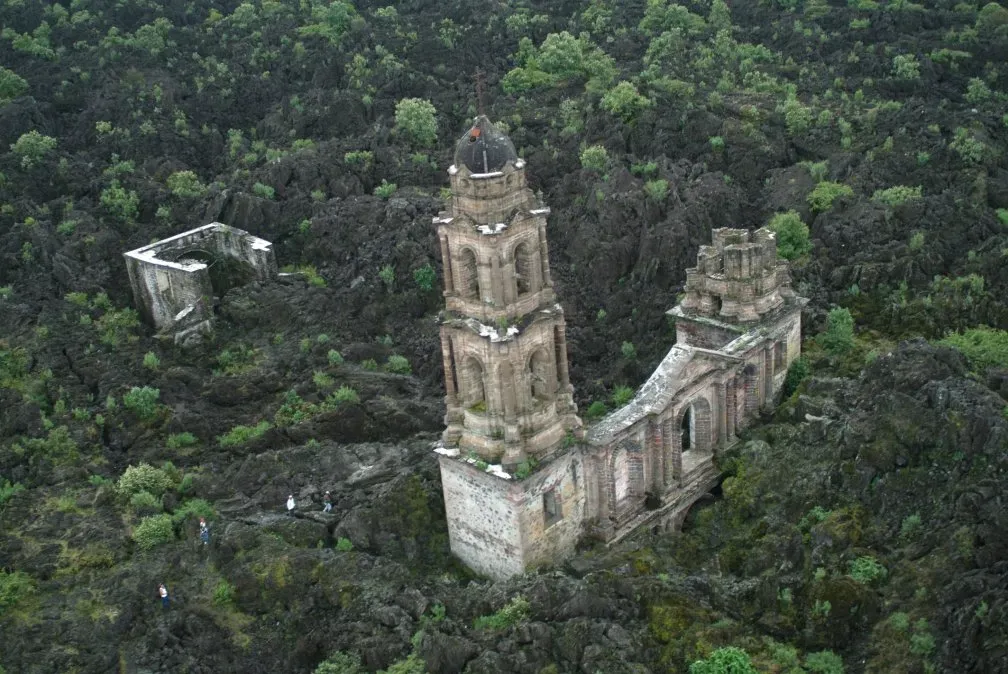
Hazards associated with volcanic activity
The products of an eruption are varied and may occur individually or in combination in each volcano. Lava flows, pyroclastic flows, debris flows (lahars), debris avalanches, ashfall, volcanic gases, and earthquakes stand out. But what are these names, what do they mean, or how do these phenomena manifest themselves?
Lava flows are molten materials coming from the Earth's interior and, according to their chemical composition and temperature, they can be very fluid or viscous, the advanced speed for the former is several kilometers per hour and the viscosity is a few hundred meters. However, their velocities rarely exceed 10 kilometers per hour.
The greatest danger related to lava flows is the damage caused by burial and the burning of what they find in their path. It should be noted that during the Parícutin eruption, its lava buried two towns: Parícutin and San Juan Parangaricutiro. Despite this, there was no loss of human lives because the lava velocity was very low.
Several methods have been tried in some countries to control the advance of the flows: barriers, diversion channels, induced diversion by the destruction of lava tunnels, and cooling of the flows by water jets. These modern techniques did not exist at the time when the Paricutin volcano erupted and therefore, the destruction of these populations could not be avoided. In the case of the Popocatépetl volcano, this is a lesser danger given the distances of the populations from the crater.
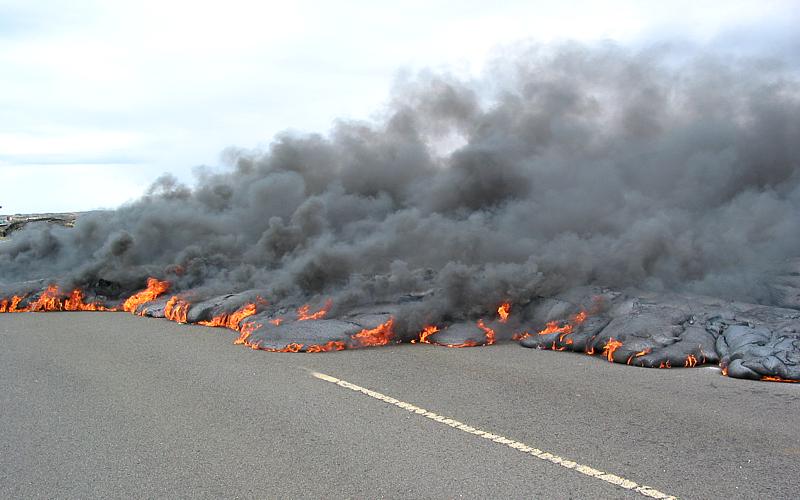
Pyroclastic flows are clouds of volcanic rock fragments and gases that move rapidly down the slopes of volcanoes and in their lower parts are channeled and follow the ravines. Due to their mass, high temperature, high speed, and mobility, they are extremely dangerous. Sometimes they can mix with surface water, meltwater from snow and ice, and/or precipitation, forming lahars or large floods, which can destroy the valley.
An example of this occurred in November 1985 at the Nevado del Ruiz volcano in Colombia, where an eruption produced pyroclastic flows that melted part of the glacier. The resulting debris flow caused the death of 2,000 people. This could have been avoided if the population had adopted the safety measures recommended by volcanologists.
Because pyroclastic flows could occur in the Popocatepetl volcano, a hazard map has been created, showing the possible scope of this type of event and the areas most exposed to these phenomena. Avoiding disasters is everyone's responsibility, so it is essential to be informed not only of the phenomena but also of the zoning established by the authorities.
Lahars generally flow along riverbeds and streams and due to their high density and speed can destroy by burial. To prevent these phenomena, the most important recommendation is not to live close to the streams marked on the map as highly dangerous.
If the volcanic cone or part of it collapses, debris avalanches can be generated, which can be distributed over a large area. Fortunately, the probability of this type of phenomenon occurring at Popocatepetl volcano is low.
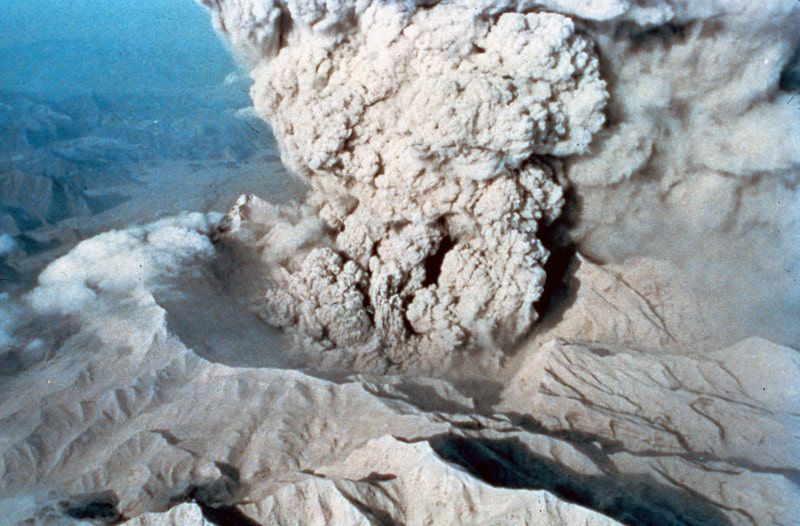
An abundant ashfall may cause damage to buildings, communication systems, and vegetation. Ash emissions from the Popocatepetl volcano have so far not been abundant. Nevertheless, it is important to foresee the possible occurrence of major emissions that could cause problems such as those mentioned above.
Magma contains gases, the most abundant of which is water vapor, but there are other important gases such as carbon dioxide and sulfur dioxide. The Popocatepetl volcano has manifested its activity through gas emissions (fumaroles) on a more or less regular basis, the fumaroles are expelled and the gases are integrated into the atmosphere where the winds are responsible for dispersing them. Due to its altitude of more than 4,000m above the population, the Popocatepetl volcano is like a large chimney that efficiently disperses the gases.
Earthquakes associated with volcanic activity can be produced by magma movement within the crust, volcanic explosion, mass movement, and tectonic stresses; the damaging effects of volcanic earthquakes are restricted to areas near the volcano. Normally volcanic earthquakes are not perceptible by humans and are recorded instrumentally.
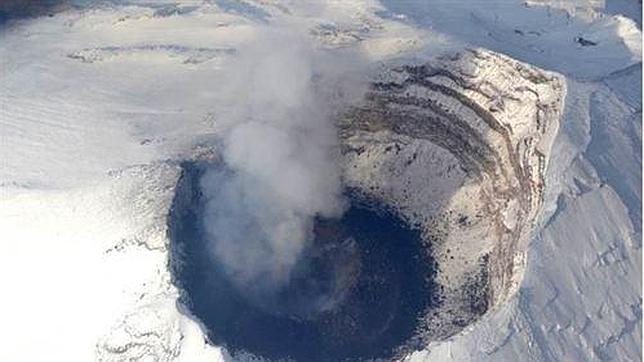
Mitigation of volcanic hazards
To counteract the effects of a volcanic eruption, the IAVCEI (International Association of Volcanology and Chemistry of the Earth's Interior) recommends specific actions in three main areas: 1) conduct geological studies before the eruption of a volcano, 2) establish monitoring systems to follow up on the volcanic activity, and 3) prepare contingency plans and inform the population.
The first step is to identify those volcanoes that represent a potential danger and then investigate and document their past activity to evaluate the types and extent of their future activity and identify those areas that are likely to be affected.
Scientific investigations should therefore be the first step in mitigating the risk posed by volcanic hazards. The results of these investigations should be communicated effectively and clearly to the authorities responsible for planning and implementing safety measures.
On the other hand, both the scientific community and the corresponding authorities should actively work on information and education about the nature of volcanic hazards, using the various means of communication and directly with the population, to minimize the effects of rumors and sensationalism generated by this type of phenomena. A well-informed society is less susceptible to panic and can act actively and responsibly in the face of exhortations and contingency measures in the event of a volcanic emergency.
In the case of Popocatepetl, the three steps suggested by IAVCEI for the mitigation of volcanic hazards have been developed. Geological studies have made it possible to recognize the past activity of the volcano and with this information build a hazard map, which is used for the design of contingency plans.
The monitoring systems established at Popocatepetl volcano are numerous, high-tech, and are carried out by specialists in volcanology. Contingency plans exist and the authorities have taken on the task of disseminating them? However, more efforts are still required. In this case, from the population and the media. The population should be more participative and the media should recognize their great responsibility to inform, avoiding rumors and misunderstandings that unduly alarm or confuse the population.
By Hugo Delgado Granados and Patricia Julio Miranda, Source: Correo del Maestro. No. 28., p.18-22.




